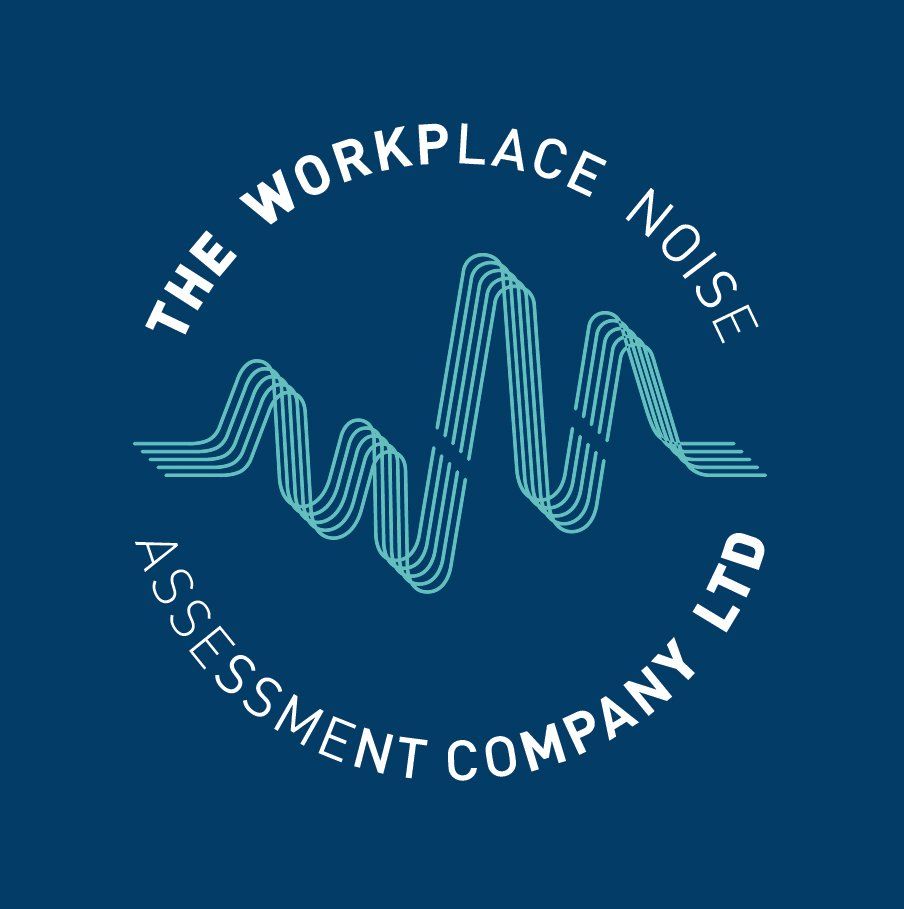
Workplace Noise Monitoring is used to:
- Decide if a statutory Exposure Action Value is likely to be exceeded;
- Demonstrate that exposures are below an Exposure Action or Limit Value;
- Plan for cost-effective control of noise exposure and risk;
- Decide if noise controls have reduced noise as expected;
- Determine and prioritise noise-control measures;
- Select appropriate hearing protection for operators.
WORKSTATION MONITORING

Hand held integrating sound level meters are used where it is possible to follow the operator sufficiently closely to get a representative sample of the noise.
Estimates of a person's noise exposure are calculated from measurements taken during each noisy task or location they work in or pass through and the time spent on each task or at each location. It is also necessary to take account of noisy work activities that may not be in the work schedule on the day(s) of measurements.
PERSONAL SOUND EXPOSURE MONITORING

A noise dosimeter (personal sound exposure meter), worn on the body, provides a continuous unsupervised measurement for operators who are highly mobile or work in areas where access for measurement is difficult.
Our dosimeters log how the sound level varies over time which, together with our operator tracker log, enables identification of when and where exposures have occurred.
Dose monitors are Intrinsically Safe for use in high hazard areas.
CALIBRATION
All equipment used by the Workplace Noise Assessment Company Ltd is calibrated annually by an independent laboratory and checked again on site before and after monitoring. Calibration documents and records are readily available either in the risk assessment report data or via our website customer portal.
ANNUAL CALIBRATION
Equipment is tested by externally accredited laboratories to ensure meters' electro-acoustic performance conforms to all applicable standards and measurements are accurate and precise.
In use, windshields are fitted to devices to protect the microphone against air movements and dirt.